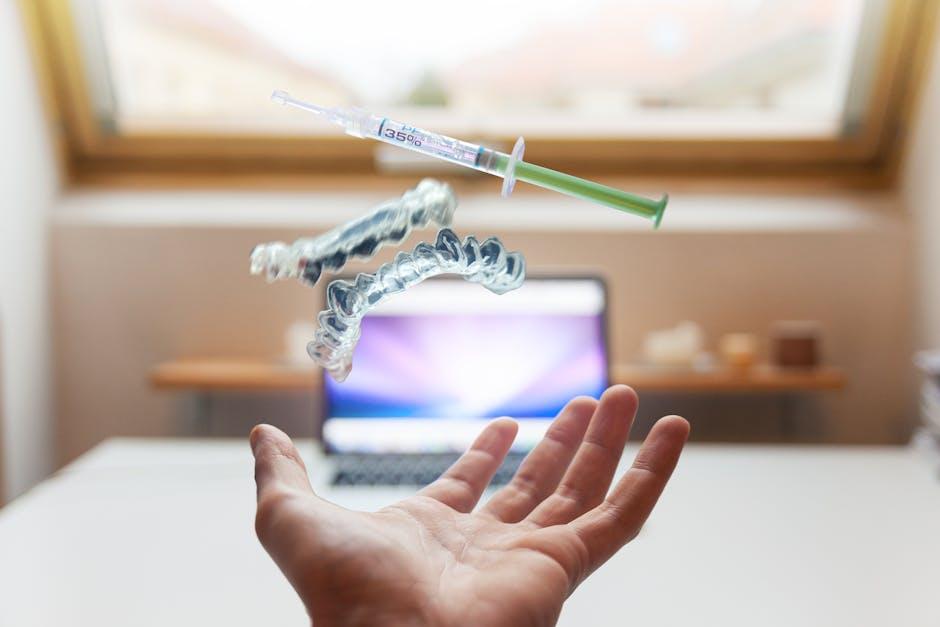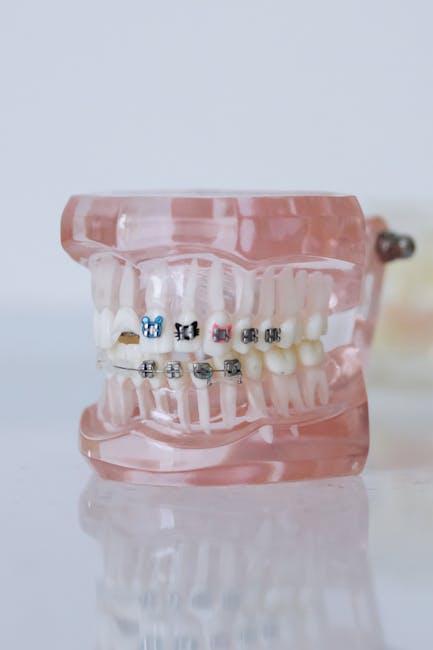
No Treatment, and a $250 Bill: Barriers to Dental Care Send People to Unequipped ERs
By Milwaukee Journal Sentinel
In Milwaukee and across the United States, thousands of individuals face significant barriers to accessing proper dental care. When dental problems escalate, many find themselves in emergency rooms (ERs) that are not equipped to provide the dental treatment they need.
This common scenario frequently results in no real dental care being delivered, yet patients often receive hefty bills — sometimes exceeding $250 — for emergency services that do not address the root cause of the pain or infection. This article sheds light on why patients end up at ERs for dental care, the costs associated, and practical steps to reduce these occurrences.
Understanding the Barriers to Dental Care
Access to dental care poses challenges due to several interconnected barriers:
- Financial constraints: Dental care can be expensive, and many insurance plans offer limited or no dental coverage, especially for adults.
- Limited availability: There is a shortage of dentists accepting certain types of insurance or Medicaid, severely impacting low-income populations.
- Lack of awareness: People may not recognize the urgency of dental issues or may delay care until pain becomes unbearable.
- Transportation and accessibility: Patients might struggle to reach dental offices due to lack of transport or inconvenient office hours.
Why Do People Go to Emergency Rooms for Dental Issues?
When dental pain or infection strikes with no easy alternative for care, patients often resort to the ER, hoping for quick relief. However, emergency departments primarily focus on treating medical emergencies, and few have dental specialists on call.
Common reasons for ER visits include:
- Severe tooth pain or abscess
- Oral infections causing facial swelling
- Dental trauma from injury
- Lack of timely access to a dentist
Unfortunately, ER staff generally provide temporary pain management — such as prescribing antibiotics or painkillers — but not definitive dental treatment like tooth extraction or root canal therapy.
The Costly Consequence of ER Dental Visits
Patients who visit emergency rooms for dental symptoms frequently face unexpected bills. Even though they often receive only pain relief or antibiotics, the average ER dental visit can cost the patient $250 or more, sometimes far exceeding the price of direct dental care.
This combination of financial burden and inadequate treatment leads to repeated ER visits, prolonged suffering, and worsening dental health.
Case Study: Anna’s Experience in Milwaukee
“I had a terrible toothache for days but couldn’t find a dentist who took my insurance fast enough. When the pain became unbearable, I went to the ER. They gave me antibiotics and sent me home — no tooth removal or real fix. Then, I got a bill for $275. It felt like a band-aid on a broken leg.” – Anna, Milwaukee resident
Anna’s story is far from unique; thousands in Milwaukee experience similar frustrations due to barriers that funnel dental emergencies into ERs unprepared for proper dental care.
Benefits of Timely and Affordable Dental Care
Removing barriers to comprehensive dental care can significantly improve health outcomes and reduce economic strain on patients and the healthcare system:
- Better health outcomes: Early dental intervention prevents infections from escalating to ER-level emergencies.
- Lower overall costs: Preventive and routine dental care is often less expensive than emergency room treatment and follow-up procedures.
- Reduced ER overcrowding: Freeing up emergency departments to handle medical emergencies improves overall healthcare efficiency.
Key Statistics on Dental ER Visits in Milwaukee
| Year | ER Dental Visits | Average Cost per Visit | Percentage with Insurance |
|---|---|---|---|
| 2021 | 4,800 | $260 | 35% |
| 2022 | 5,100 | $275 | 37% |
| 2023 (Project.) | 5,300 | $290 | 38% |
Practical Tips to Avoid ER Visits for Dental Issues
Preventing unnecessary ER visits for dental problems requires awareness and proactive steps:
- Establish a dental home: Find a local dentist and schedule regular checkups.
- Understand your insurance: Know what dental benefits your insurance plan or Medicaid covers.
- Utilize community clinics: Milwaukee has community health centers offering affordable or free dental services for low-income or uninsured patients.
- Practice good oral hygiene: Brushing, flossing, and a healthy diet reduce the risk of dental emergencies.
- Seek care immediately: Don’t delay if you experience tooth pain—early treatment prevents complications.
Resources for Milwaukee Residents Facing Dental Barriers
There are valuable resources to help Milwaukee residents overcome financial and accessibility obstacles:
- Milwaukee Health Department – Offers information on dental clinics and health programs.
- Milwaukee Dental Clinic – Provides affordable dental care services to uninsured patients.
- Wisconsin Medicaid Dental Benefits – Program details and eligibility.
Conclusion: Addressing the Root Causes to Improve Dental Access
The trend of people heading to unequipped emergency rooms for dental treatment is a symptom of larger systemic barriers to dental care. High costs, limited providers, and lack of resources leave many with no alternative but to endure pain and costly, temporary fixes at the ER.
By expanding affordable dental services, increasing awareness, and improving insurance coverage, communities like Milwaukee can reduce these costly ER visits and improve overall oral health. In the meantime, proactive prevention and immediate attention to dental problems remain critical for everyone.
Tackling these challenges ensures that dental emergencies are handled by the right professionals, saving patients money, pain, and prolonged suffering.


